On New Year’s Eve 2025, robots performed a lively dance at the Spring Festival Gala, receiving widespread acclaim. 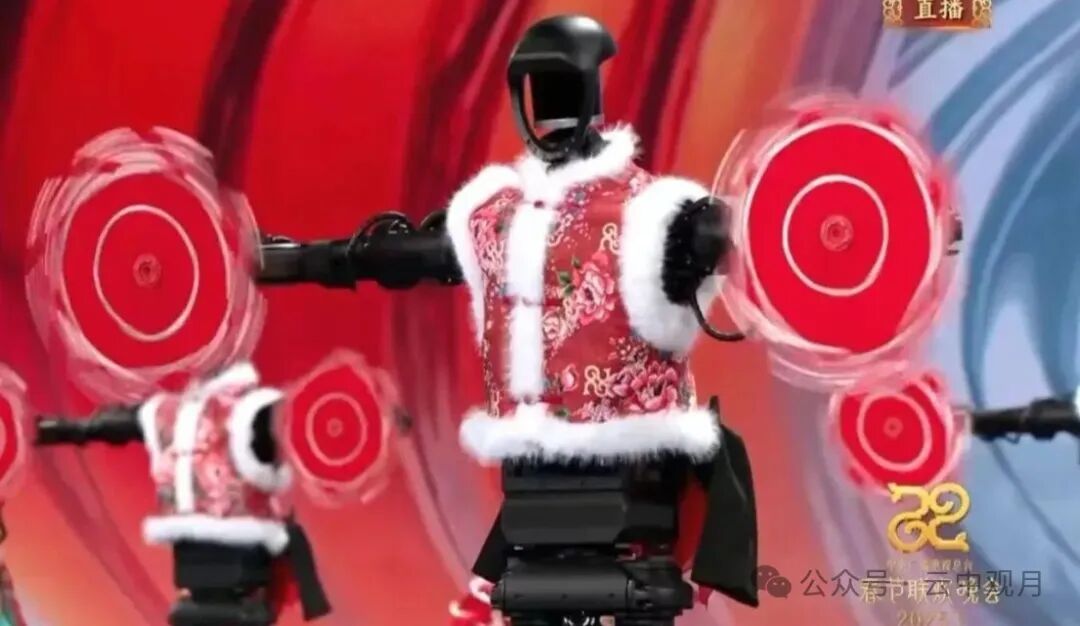 On April 19, 2025, a half marathon was held in Beijing where humans and robots ran together, but the robot participants faced numerous challenges, leading to a wave of skepticism.
On April 19, 2025, a half marathon was held in Beijing where humans and robots ran together, but the robot participants faced numerous challenges, leading to a wave of skepticism. 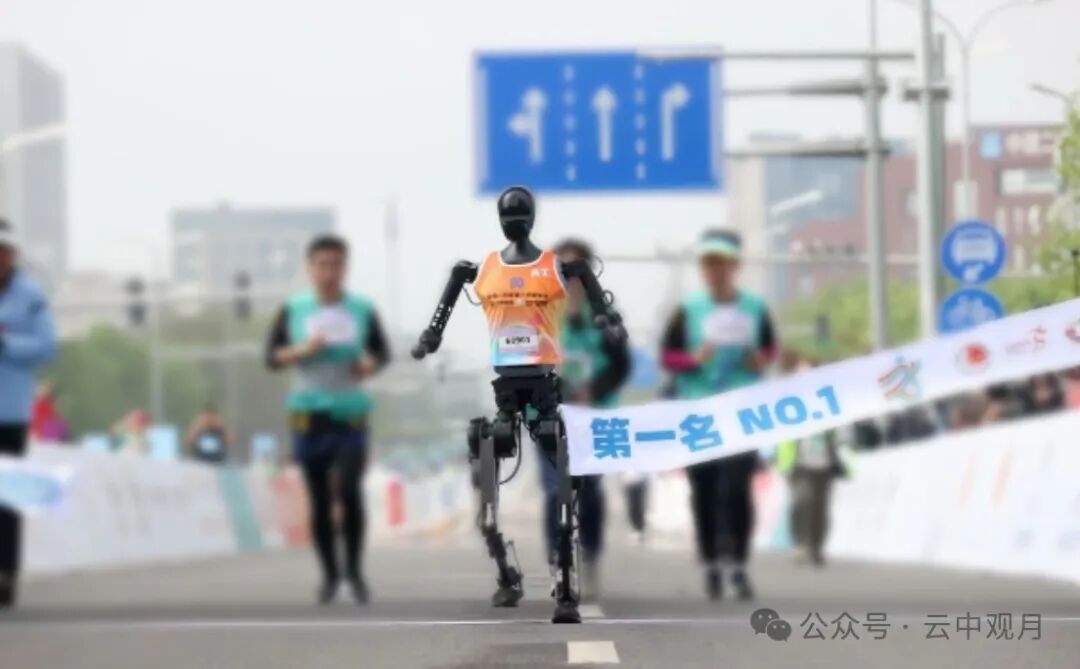 The disparity stemmed from our previous over-promotions, which raised unrealistic expectations about humanoid robots serving humanity. Just like the recently questioned smart driving of electric vehicles, you might say you are just looking forward to it, but when you say it, I actually want to see it for myself. The result, however, is hard to articulate! 1. The falls and the turns, exhausting the engineers and repairmen. As the race began, humans and robots set off on two separate tracks, with the robots becoming the most eye-catching spectacle.
The disparity stemmed from our previous over-promotions, which raised unrealistic expectations about humanoid robots serving humanity. Just like the recently questioned smart driving of electric vehicles, you might say you are just looking forward to it, but when you say it, I actually want to see it for myself. The result, however, is hard to articulate! 1. The falls and the turns, exhausting the engineers and repairmen. As the race began, humans and robots set off on two separate tracks, with the robots becoming the most eye-catching spectacle. 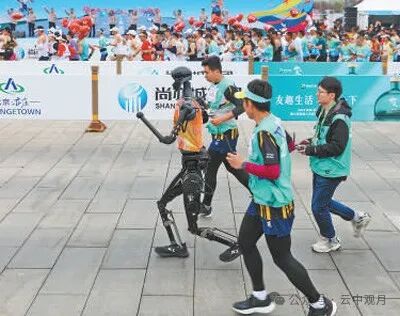 The robots’ performance was anything but shy—this one, a brand from the Spring Festival Gala, fell flat right from the start.
The robots’ performance was anything but shy—this one, a brand from the Spring Festival Gala, fell flat right from the start. 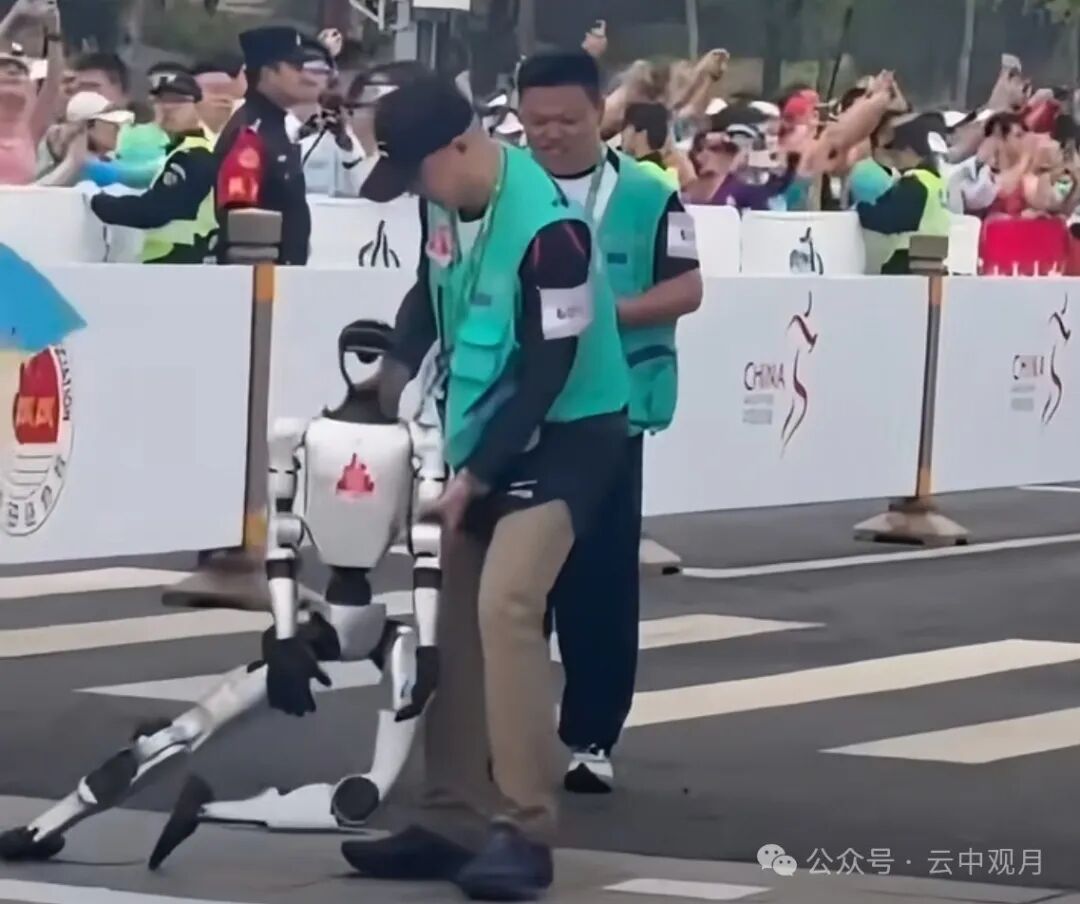 This one, a silicone replica of a lady, suddenly acted spoiled.
This one, a silicone replica of a lady, suddenly acted spoiled. 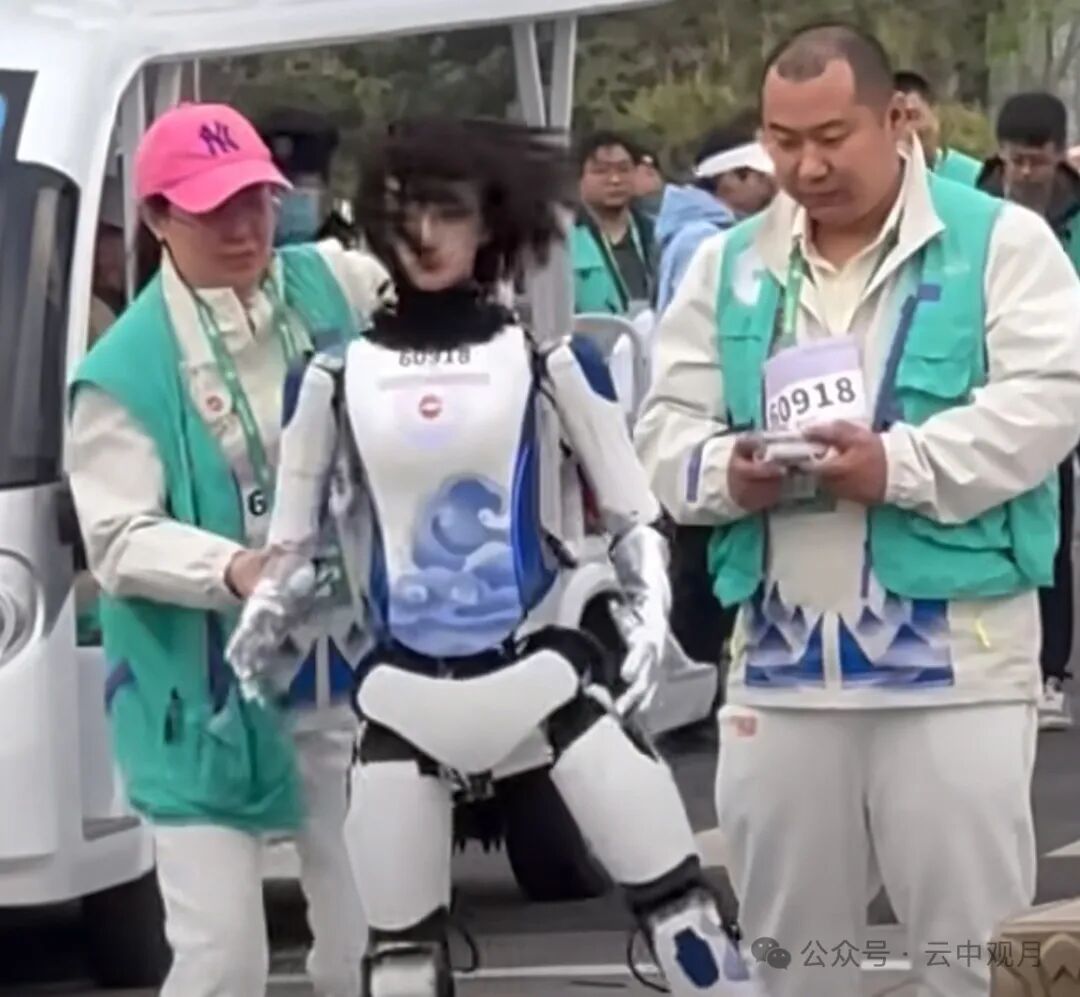 This one forgot the race rules and fell forward in a lying position.
This one forgot the race rules and fell forward in a lying position. 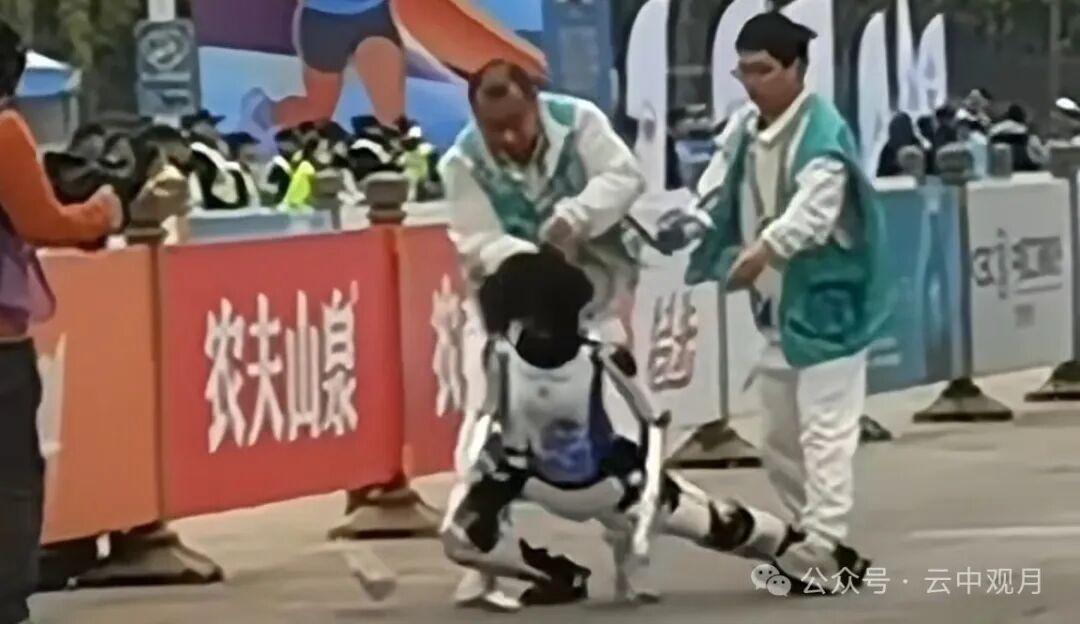 This one, a hero fighting to the end, kept running even after losing its head.
This one, a hero fighting to the end, kept running even after losing its head. 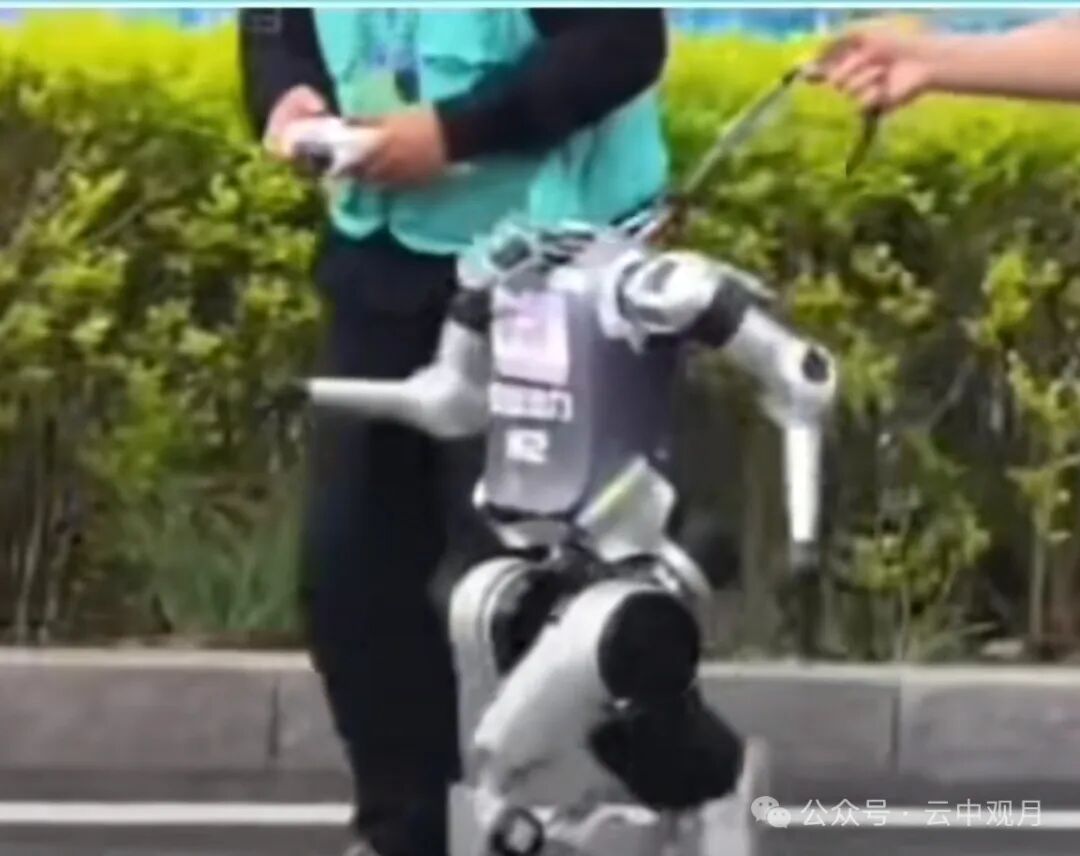 This one, more nervous than the robot, urged its human companion to hold on.
This one, more nervous than the robot, urged its human companion to hold on.  Whether praised or criticized, from an entertainment perspective, the event was a great success. It enlivened the atmosphere, broadened perspectives, and pointed towards the future. However, from a technical standpoint, it was immature and raised doubts. It attracted widespread attention online, leading to much skepticism. Fortunately, state media provided ample affirmation.
Whether praised or criticized, from an entertainment perspective, the event was a great success. It enlivened the atmosphere, broadened perspectives, and pointed towards the future. However, from a technical standpoint, it was immature and raised doubts. It attracted widespread attention online, leading to much skepticism. Fortunately, state media provided ample affirmation.  2. Dedicating oneself to scientific research and practical work, how far are we from the movie “Chappie”? I once watched an American sci-fi movie called “Chappie”. The story is set in the future (2016) in Johannesburg, South Africa, where a large weapons company developed a fully mechanical police force to combat the rising crime rate. They mass-produced and deployed these mechanical police, achieving remarkable results in crime fighting. Later, gangsters stole an AI robot and used it to commit crimes. This robot, reprogrammed and reborn as “Chappie”, changed many people’s destinies. The film’s warning solidified my image of robots: intelligent, powerful, independent, and omnipotent. This also instilled a fear of robots challenging humanity in the future. This is a common concern among scientists today: will humans be defeated by the robots they invented? Now, ten years after the film’s release, the humanoid robots we see, at least in terms of running ability, are still far behind humans. At least in my lifetime, I don’t have to worry about them overpowering humanity. Someone joked at the marathon that the fear of robots taking away jobs seems unfounded now. It appears that the presence of robots has created new job opportunities, as one person running requires three others to assist. Incredible, that’s three times the employment opportunities!
2. Dedicating oneself to scientific research and practical work, how far are we from the movie “Chappie”? I once watched an American sci-fi movie called “Chappie”. The story is set in the future (2016) in Johannesburg, South Africa, where a large weapons company developed a fully mechanical police force to combat the rising crime rate. They mass-produced and deployed these mechanical police, achieving remarkable results in crime fighting. Later, gangsters stole an AI robot and used it to commit crimes. This robot, reprogrammed and reborn as “Chappie”, changed many people’s destinies. The film’s warning solidified my image of robots: intelligent, powerful, independent, and omnipotent. This also instilled a fear of robots challenging humanity in the future. This is a common concern among scientists today: will humans be defeated by the robots they invented? Now, ten years after the film’s release, the humanoid robots we see, at least in terms of running ability, are still far behind humans. At least in my lifetime, I don’t have to worry about them overpowering humanity. Someone joked at the marathon that the fear of robots taking away jobs seems unfounded now. It appears that the presence of robots has created new job opportunities, as one person running requires three others to assist. Incredible, that’s three times the employment opportunities!  However, I want to say that with the prototype of today’s marathon, how far are we from having robots that can think and act independently? To be honest, at this marathon, it was not the machines that fell, but the humans. What was exposed was the restless heart of capital, reflecting the chaotic phenomenon of everyone jumping on the “high-tech” bandwagon under national subsidy policies. To say it is a replica of electric vehicles is not an exaggeration. Can our tech companies and innovative entrepreneurs refrain from overly boasting about being “far ahead” and instead focus on identifying gaps in existing technology, working diligently, and delving into core technologies? Mature what is not mature, advance what is not advanced. Once the technology is solid and unbeatable, then let your technological achievements benefit humanity. As netizens put it: “The gap is far more than just a marathon’s distance.” Well then, let’s work hard together!
However, I want to say that with the prototype of today’s marathon, how far are we from having robots that can think and act independently? To be honest, at this marathon, it was not the machines that fell, but the humans. What was exposed was the restless heart of capital, reflecting the chaotic phenomenon of everyone jumping on the “high-tech” bandwagon under national subsidy policies. To say it is a replica of electric vehicles is not an exaggeration. Can our tech companies and innovative entrepreneurs refrain from overly boasting about being “far ahead” and instead focus on identifying gaps in existing technology, working diligently, and delving into core technologies? Mature what is not mature, advance what is not advanced. Once the technology is solid and unbeatable, then let your technological achievements benefit humanity. As netizens put it: “The gap is far more than just a marathon’s distance.” Well then, let’s work hard together!